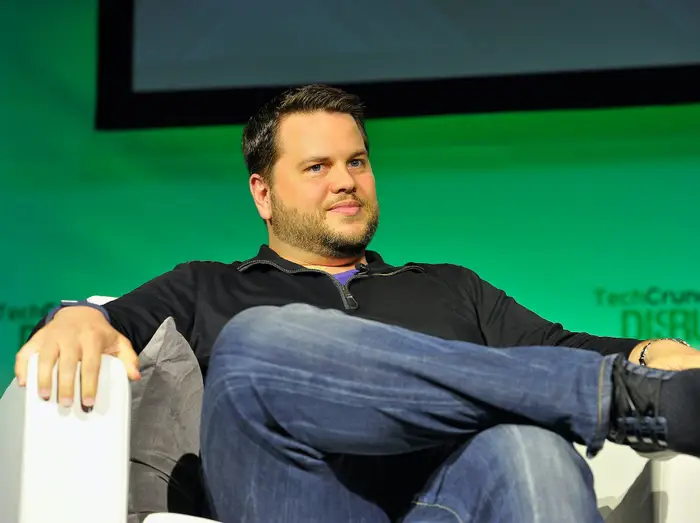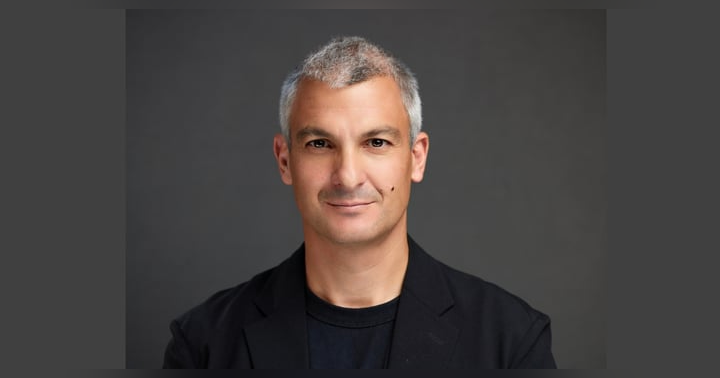Fixing Social Media by Design: Bill Ready’s Blueprint for “Time Well Spent”

Bill Ready doesn’t want to win the attention war. He wants to change the rules of it.
When he became CEO of Pinterest, he challenged a decade-old social media formula—engagement via enragement—and replaced it with a deceptively simple product north star: optimize for time well spent, not time spent. That shift reframes everything: ranking, growth targets, ad models, even what “success” looks like for users and the business.
“We’re going after time well spent instead of time spent.”
For wantrepreneurs and founders, the playbook Ready shared in an interview with Adam Grant on *Rethinking,* is a case study in building competitive advantage by rebundling value around customer wellbeing—and still outperforming.
Product Strategy: Tune for Conscious Choice, Not Reflex
Most feeds exploit what Ready calls the “downstairs brain”—the impulse that makes you rubberneck at a car crash. Pinterest flipped that: rank what users explicitly say they want more of (what they saved, clicked, or searched for with intent) instead of what hijacks their attention in the moment.
What changed when intent led the algorithm?
- Triggering content fell.
- DIY, self-help, fashion, food, and “do-something” ideas rose.
- Users reported feeling better after use, and crucially, they returned for the utility—outfits, recipes, room remodels—not the outrage.
Founder takeaway: Design your recommendation loops around declared intent and downstream action. Treat attention as a cost your product must justify—then measure the real-world outcomes your product sparks.
Safety as a Feature (and a Moat)
Pinterest made the most controversial decision in social media: accounts for users under 16 are private-only—not a setting, a default you cannot re-enable. Wall Street hated it at first. Users didn’t.
- Gen Z is now Pinterest’s largest and fastest-growing demographic, despite the platform deliberately disabling virality vectors for teens.
- The company also tests nudges to leave the app during school hours for under-18 users and offers a one-tap shortcut to mute all device notifications during school.
“There’s real benefit to investing in the health and wellbeing of users… we’re proving a business on time well spent.”
Founder takeaway: The “safety tax” can become your trust dividend. The more a category over-optimizes for growth hacks users distrust, the greater the upside in building safety as a default, not a setting.
Competing on Wellbeing: From Regulation to Reputation
Ready borrows an analogy from car safety. Decades ago, seatbelts were “against the business model.” Today, automakers compete on crash-test ratings. He wants the same for social platforms: a common standard for emotional wellbeing that everyone is held to, and then a market competition to beat that standard.
Pinterest helped kick-start this with the Inspired Internet Pledge, partnering with Boston Children’s Digital Wellness Lab to measure, publish, and improve the platform’s impact on emotional wellbeing.
Founder takeaway: Voluntary, transparent measurement can become category leadership. If you publish the scoreboard first, you don’t just pass audits—you set the rubric others must match.
Inclusive by Default ≠ “Nice to Have.” It’s Conversion
Pinterest made its feeds diverse by default—body type ranges, skin tone ranges, hair pattern searches—so people can see how ideas will look on them. Outcomes: better engagement and broader reach across 570M+ monthly users worldwide.
This isn’t virtue signaling; it’s funnel optimization: make relevance obvious for more customers, and more customers act.
Founder takeaway: Treat inclusivity as a relevance engine. If users can’t “see themselves” in your product, they bounce. Ship defaults that broaden fit without asking people to dig through settings.
Rewriting Growth: “Growth” Isn’t a Strategy
Ready’s worst piece of advice? “Growth is a strategy.” His rebuttal: when “growth at all costs” obscures the customer, you end up saying dystopian things like “harvesting value.” He runs a much simpler test:
“If all our users were standing in front of me, could I look them in the eye and explain what we did and why it was right?”
Founder takeaway: Make moral clarity a product requirement. If you couldn’t defend a growth loop to a room of users, you probably shouldn’t ship it.
Hiring for Mission (and Resilience)
An early mentor asked Ready, “With whom do you build your army—conscripted, mercenaries, or freedom fighters?” He chose freedom fighters, with a catch: your mission has to be real. At Pinterest, one explicit hiring criterion is resilience—the underdog factor that predicts who will find a way through constraints.
“Freedom fighters will give you more than anybody else—but your mission better be real.”
Founder takeaway: Hire for mission fit + resilience, then prove the mission daily in product decisions, not town halls. People don’t work harder for slogans; they work harder for seen integrity.
The Phone-Free Schools Movement: Systems Thinking Beyond Your App
Ready champions phone-free schools. and he’s willing to design Pinterest to help make it happen. The platform’s during-school nudge is a small, principled act with outsized message: we’re on the side of your attention. It’s also a reminder that category change happens at the ecosystem level (policy, culture, product).
Founder takeaway: If your product’s best outcome depends on a healthier ecosystem, ship features that strengthen the ecosystem, not just your metrics.
How to Apply Bill Ready’s Playbook (This Week)
- Define “time well spent” for your product. What actions or outcomes prove value happened off the screen? Instrument those.
- Rank by declared intent. Elevate saved items, wishlists, follows, or explicit filters over dwell-time proxies.
- Turn safety into a default. Identify one risky behavior you currently “allow via settings.” Flip it: make the safe path default and irreversible for vulnerable segments.
- Ship an inclusion default. One feature that lets users “see themselves” instantly (e.g., size/fit previews, complexion-aware swatches, accessibility-first layouts).
- Publish a wellbeing metric. Pick one sentiment or outcome metric, set a baseline, commit to improving it publicly over the next two quarters.
- Mission audit your roadmap. For each growth bet, ask: Could I defend this to a room of users? If not, cut or redesign.
Why This Matters
Pinterest is proving you can do well by doing good—not in a hand-wavy CSR way, but in the hard math of product-market fit. In a world where attention is cheap and trust is scarce, building for wellbeing creates a rare asset: returning users who feel better after using your product—and come back to do more in the real world because of it.
That’s not just better social media. That’s better business.





